Hasselblad is one of the fascinating cameras out there. Huge sensor packed inside a piece of art delivering outstanding photos. However, it seems that Hasselblad’s video capabilities and potential has been sadly neglected. What is the reason for that?
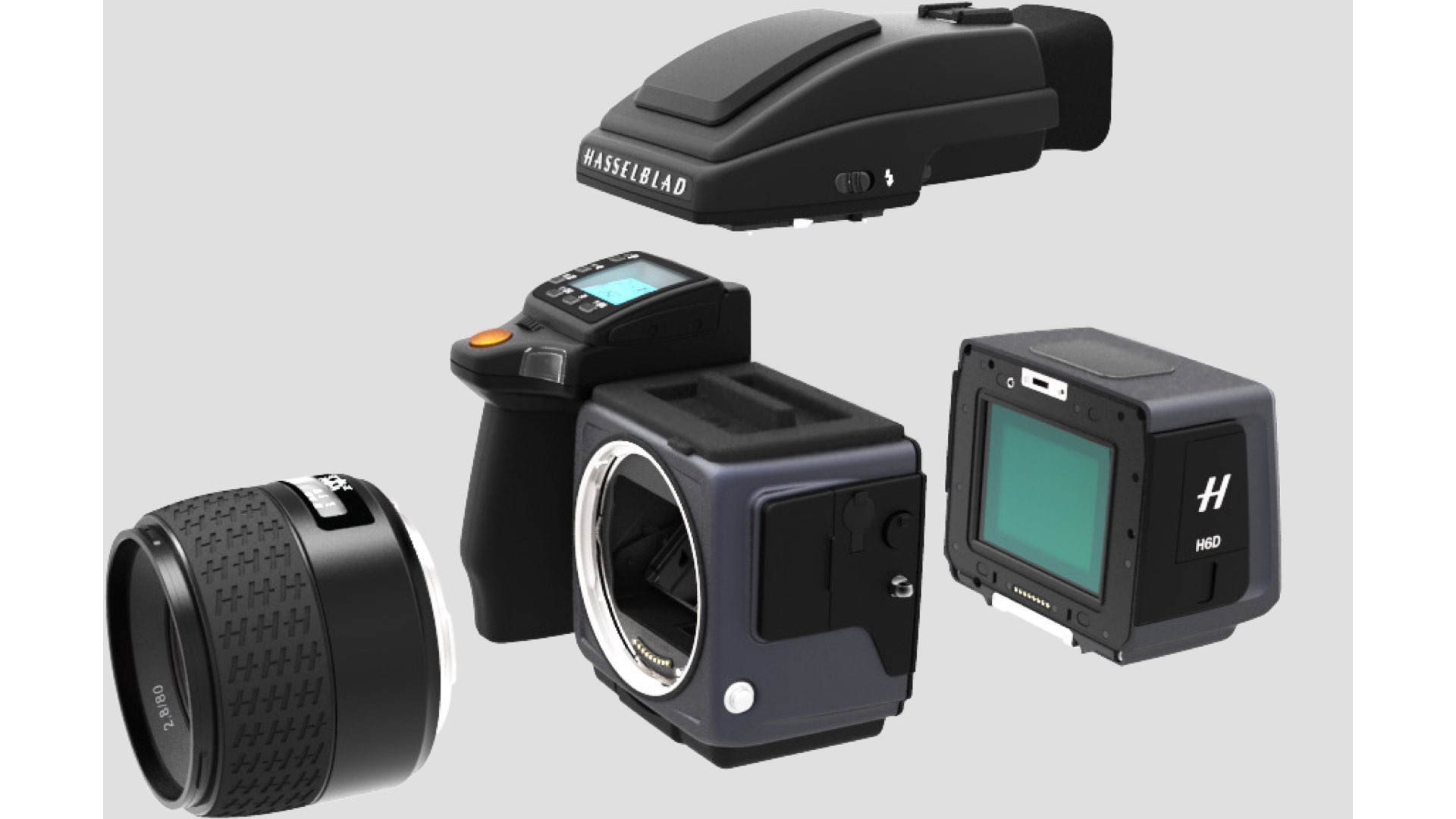
Hasselblad – More than a camera – A piece of an art form
Hasselblad, which is a Swedish manufacturer of medium-format cameras, is best known for the classic cameras it has produced since World War II. I love to write about Hasselblad. In my opinion, it’s far more than a camera. It’s a piece of art. Read the article I wrote about the fantastic ROSS HK-7 which is a historic aerial camera beast and the first Hasselblad ever. The most important use of the Hasselblad camera was during the Apollo program missions when humans first landed on the Moon. Almost all of the still photographs taken during these missions used modified Hasselblad cameras.
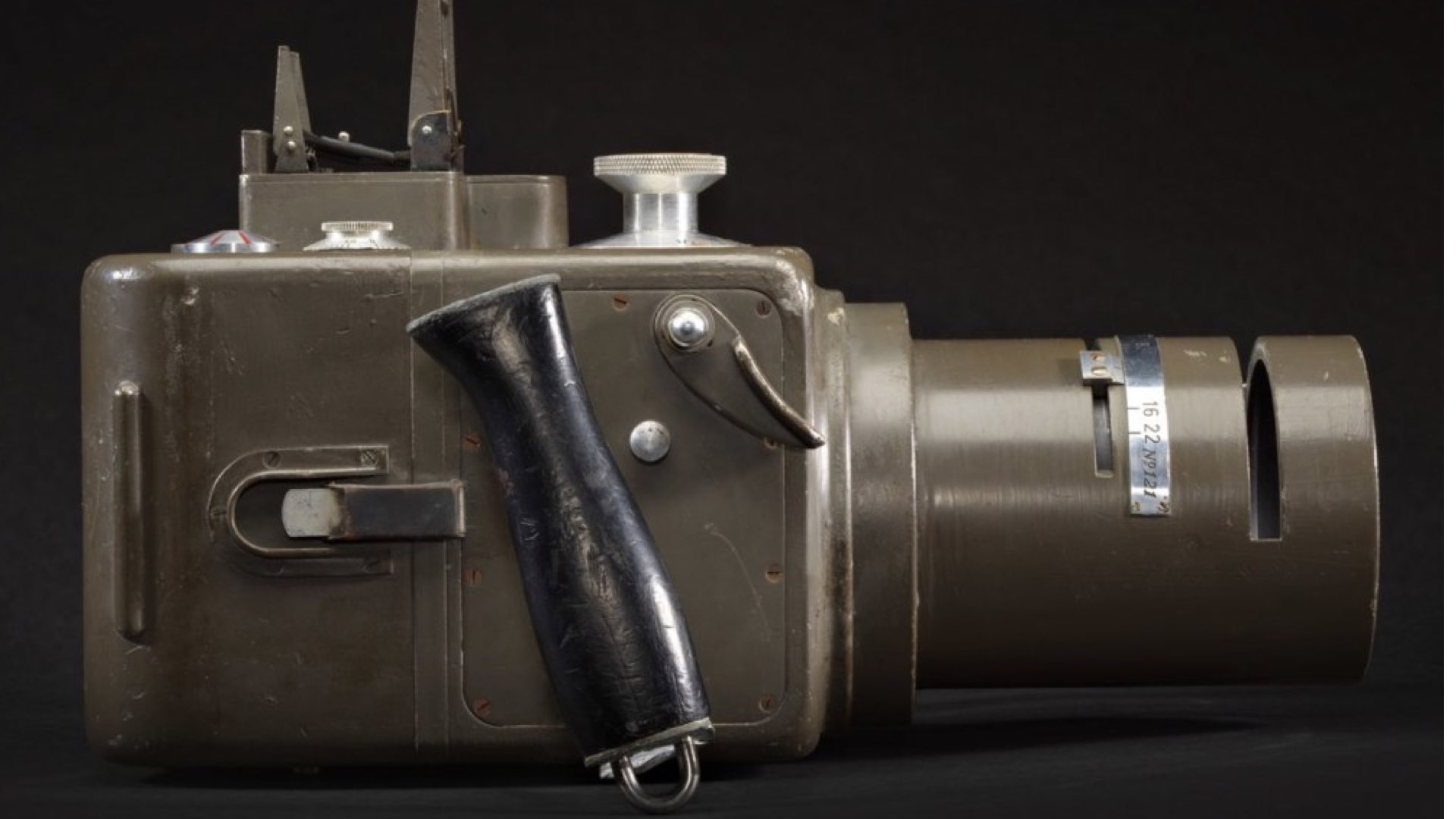
Hasselblad – More than a camera – A piece of an art form
Moreover, Hasselblad only produces about 10,000 cameras a year out of a small three-story building. Also, the company has partnered with several other cameras manufacturers like Sony and DJI. The target market of the company is elite photographers who care about their art forms since Hasselblad cameras are costly (price range: $28,000- $48,000).
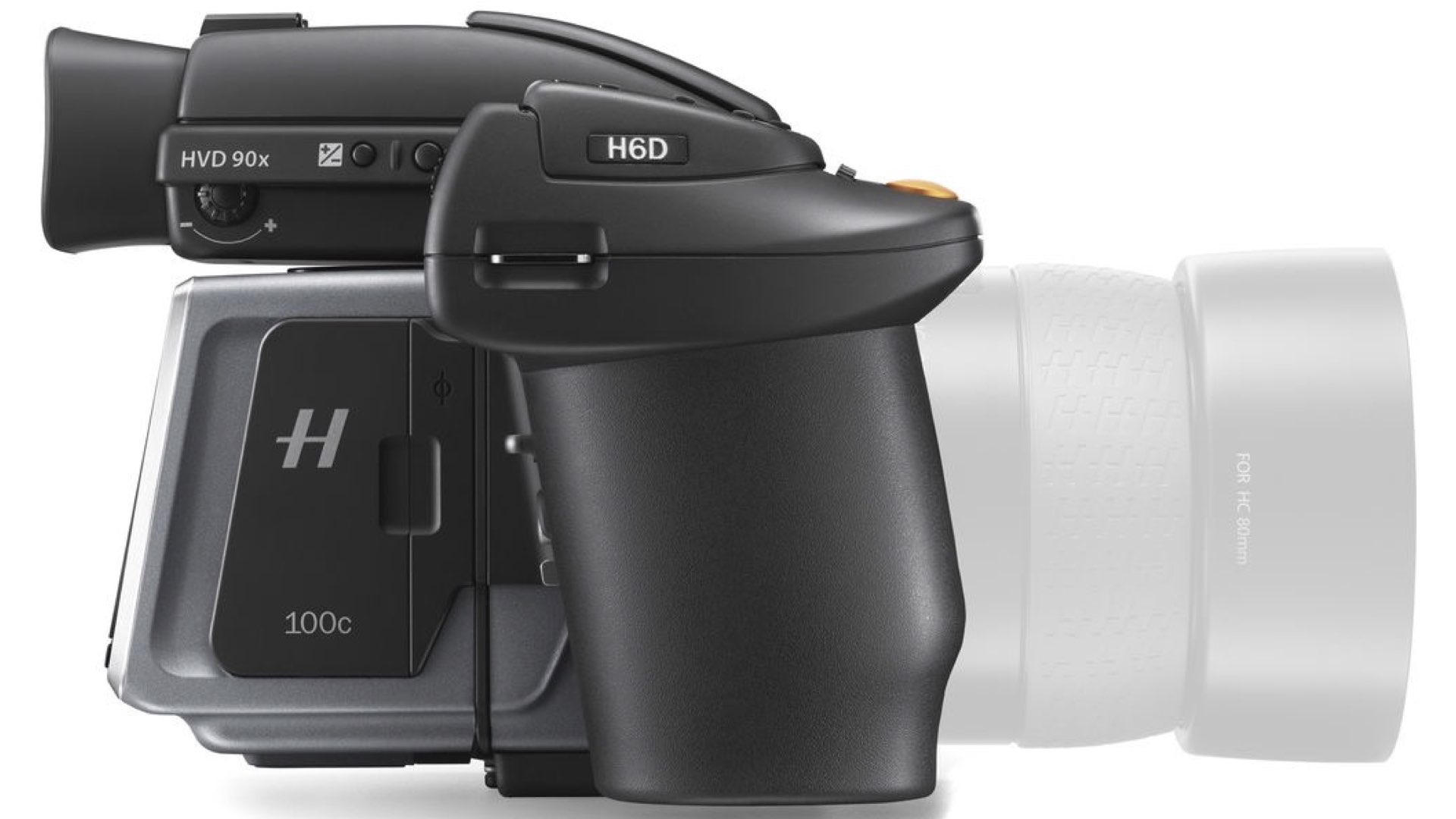
The target market of the company is elite photographers who care about their art forms since Hasselblad cameras are costly (price range: $28,000- $48,000)
Video capabilities: Blackhole (=Enigma) for filmmakers
The video capabilities of the Hasselblad cameras were always intrigued by filmmakers who pursue after the large format imagery. Unfortunately, there is not much info regarding Hasselblad video abilities. The search after reviews and test footage has led to minimal useful materials. It’s derived from the reason that this camera is rare and expensive and thus out of filmmakers reach. In spite of that, we accumulated some reviews so you can watch it for yourself. Check them out below.
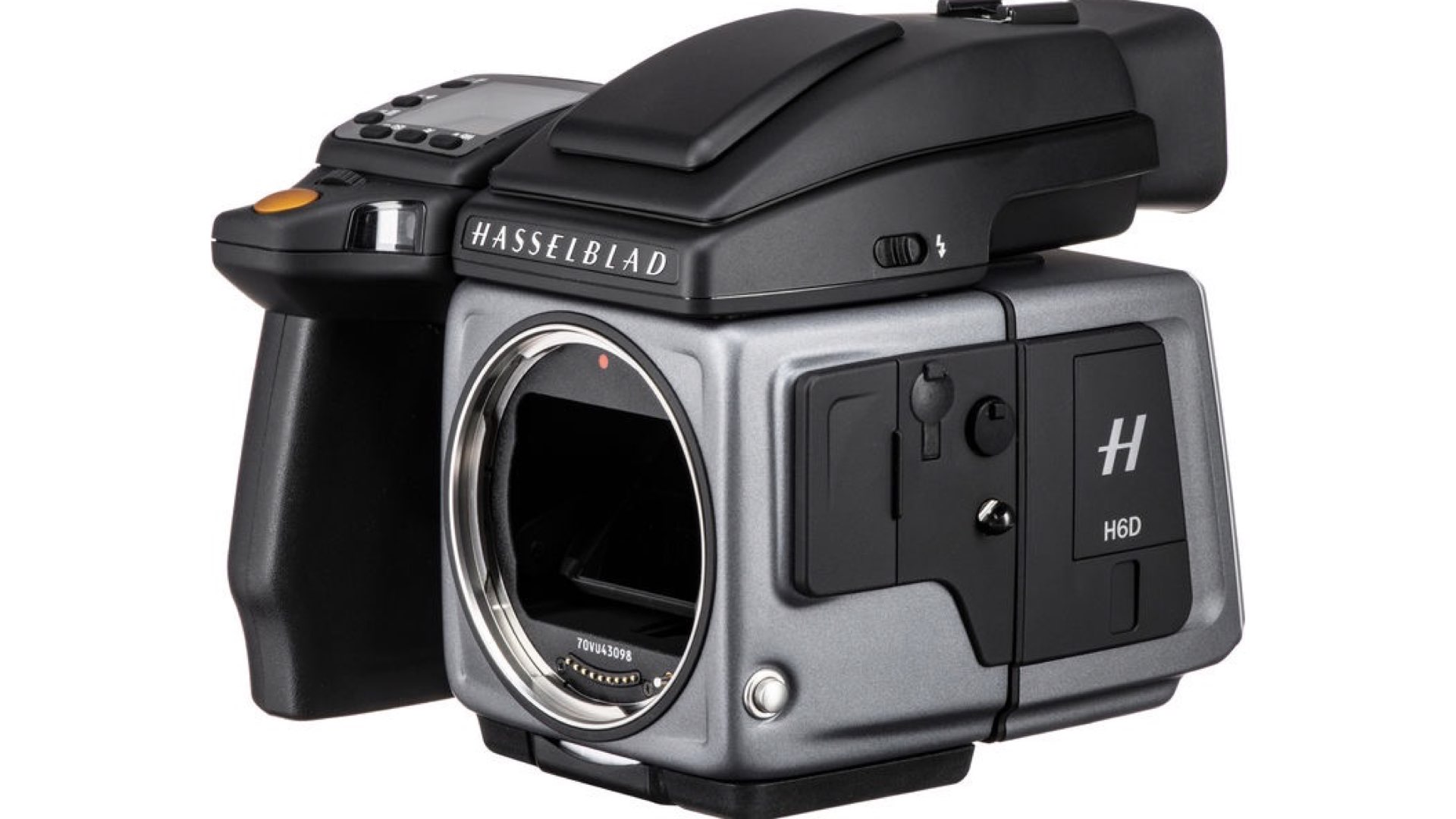
The video capabilities of the Hasselblad cameras were always intrigued by filmmakers who pursue after the large format imagery
100MP 53.4 x 40.0mm sensor: 200 MB per frame
The ALEXA 65 has the largest sensor of all professional cinema cameras. The Hasselblad H6D-100c has a larger sensor than that. Just imagine Larger sensor than the ALEXA 65. It’s a 100 MegaPixel FF Medium sensor. That’s insane! Each RAW image is more than 200 MB. This camera can shoot 4K RAW video into CFast cards. This huge sensor allows ultra shallow depth of field, elevation in dynamics (watch The Revenant for a reference) and more FOV (Field Of View). But what about picture quality? Well, that’s a major weakness. But why? We’ll try to figure this out later on.
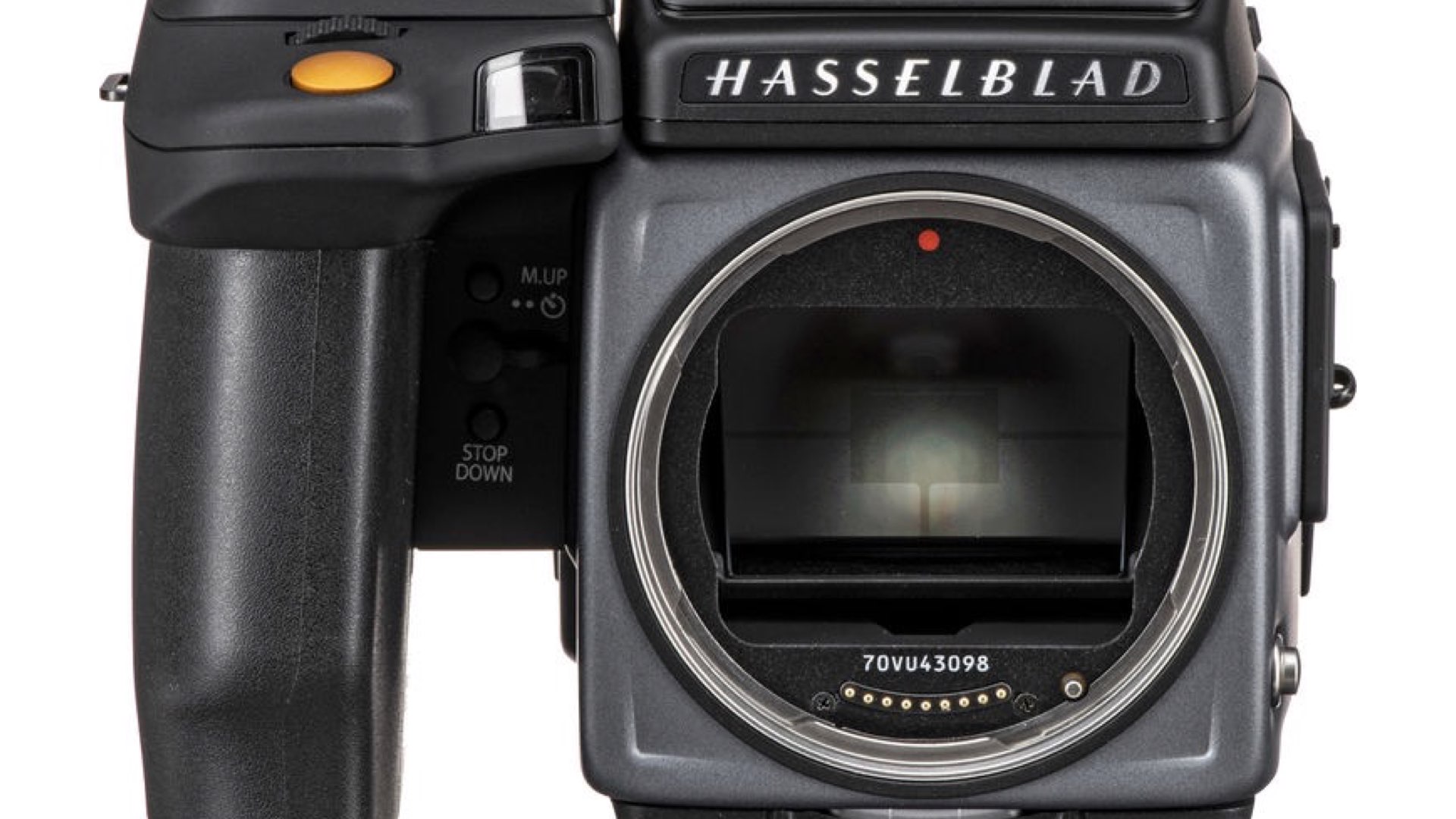
The Hasselblad H6D-100c has a larger sensor than that. Just imagine Larger sensor than the ALEXA 65.
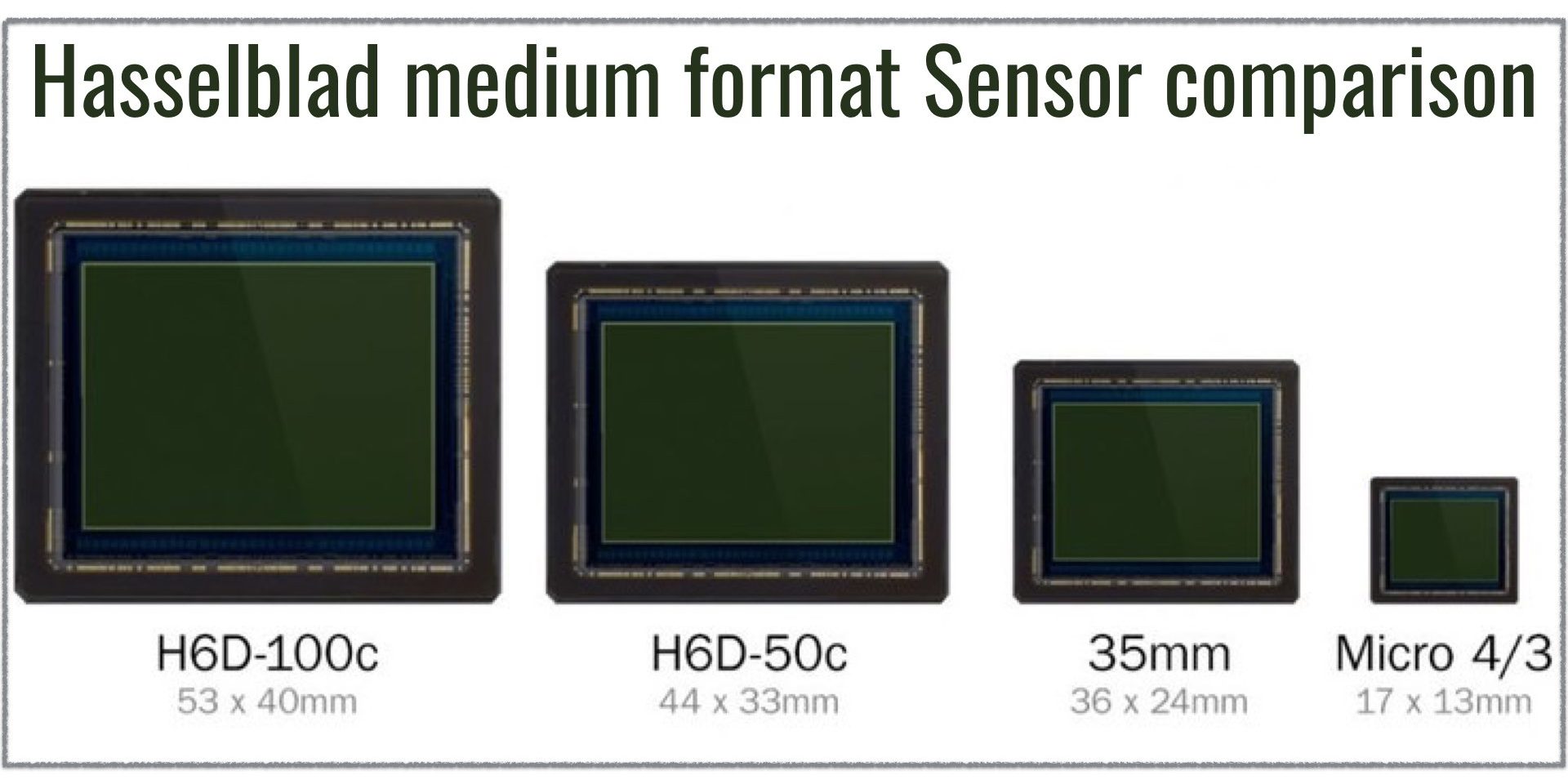
UHD 4K and Full HD RAW Video at 30 fps
The H6D-100c records both UHD 4K and Full HD 1080p video at 30 fps. Video can be saved in the proprietary Hasselblad RAW format, which can be converted to the edit-friendly Apple ProRes format using Phocus 3.0 software. Full HD video can also be saved in the H.264 compressed format for more significant editing with a variety of software options.
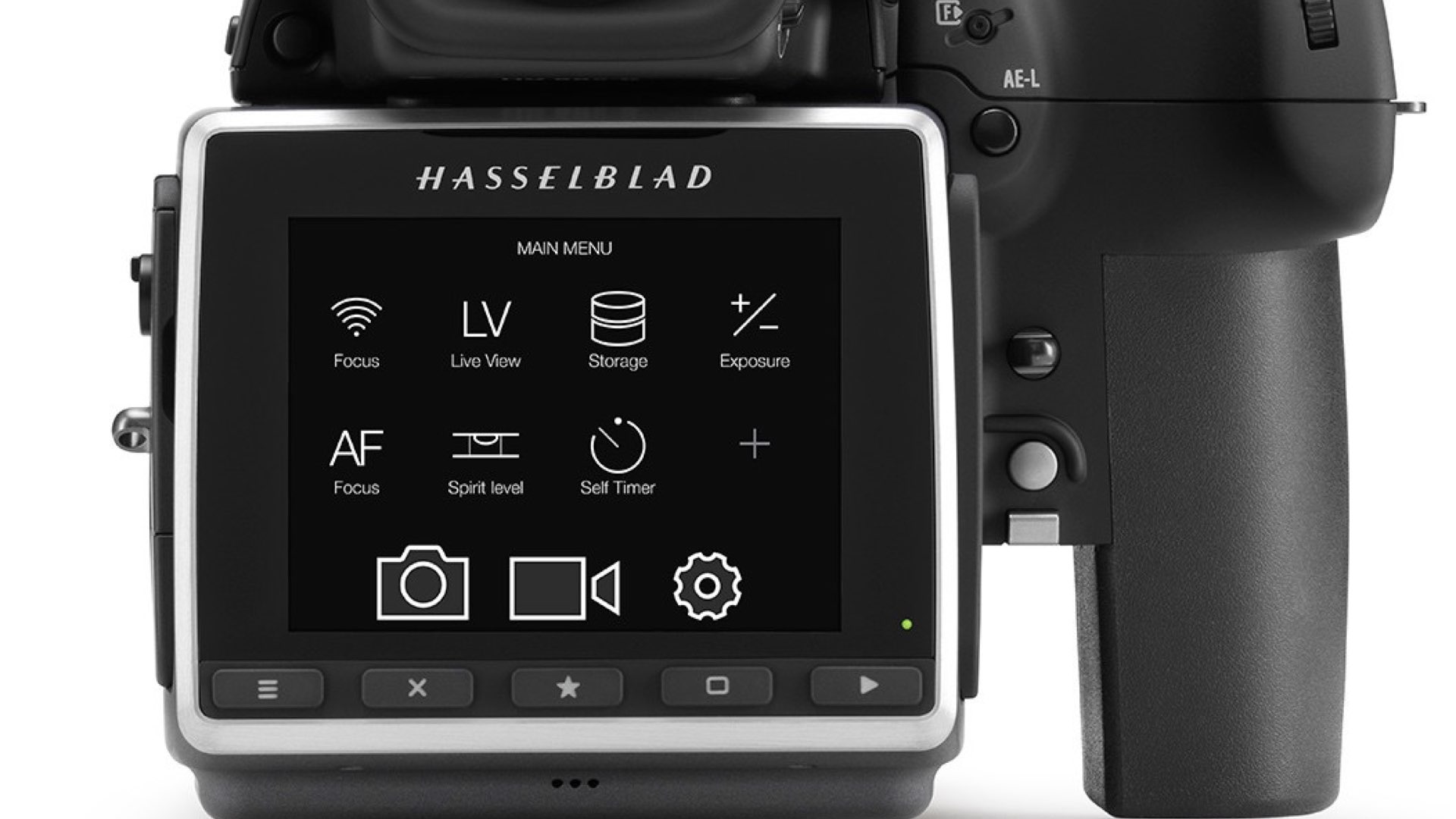
Shooting video on Hasselblad
Hasselblad cameras are straightforward to operate. You can start and shoot videos. The format of the video is CinemaDNG sequence (after conversion from .3FV container by Hasselblad’s dedicated software) but with no options to change ISO or white balance, which means that it’s not a real RAW. It’s important to mention that the transcoding process is slow and not efficient. The files are transcoded using Hasselblad’s Phocus software which needs to be improved since it constitutes a significant bottleneck in post. Furthermore, the footage contains artifacts, and there is almost zero durability for a decent color grading process. There is a noticeable compression even shooting RAW, but again, it’s not a real RAW.
Check out the video below which demonstrates the look and feel of this medium format by the H6D-100c sensor. Note the large FOV, shallow depth of field and the enhanced kinetics.
For more reference watch the video below. Judge for yourself and decide. Does the picture quality satisfy you?
The next video demonstrates the most recent test: This time the H6D 100c is combined with anamorphic lenses. Check it out below: Notice the massive (and unappealing) rolling shutter in the video shoots, as well the low DR.
Intermediate conclusions
After watching the tests above and examining the video capabilities of the Hasselblad H6D 100c, we can conclude that the image is far from being satisfying, especially when taking into consideration the price of the camera ($28,000). The medium format imagery is noticeable (extra shallow depth of field together with enhanced kinetics), but that’s it. The large sensor does not contribute to noise reduction.
Furthermore, the picture quality is disappointing. The noise is noticeable, and The DR is far from being impressive. The images look OK, but that’s it. Taking into consideration that the price range is equivalent to RED but the quality is old DSLR comparable. Moreover, the massive rolling shutter artifacts impact negatively on the quality of the image and the ability to shoot dynamic shots is impaired. This is not a video camera. This is just a legendary photo camera with some capabilities to shoot videos.
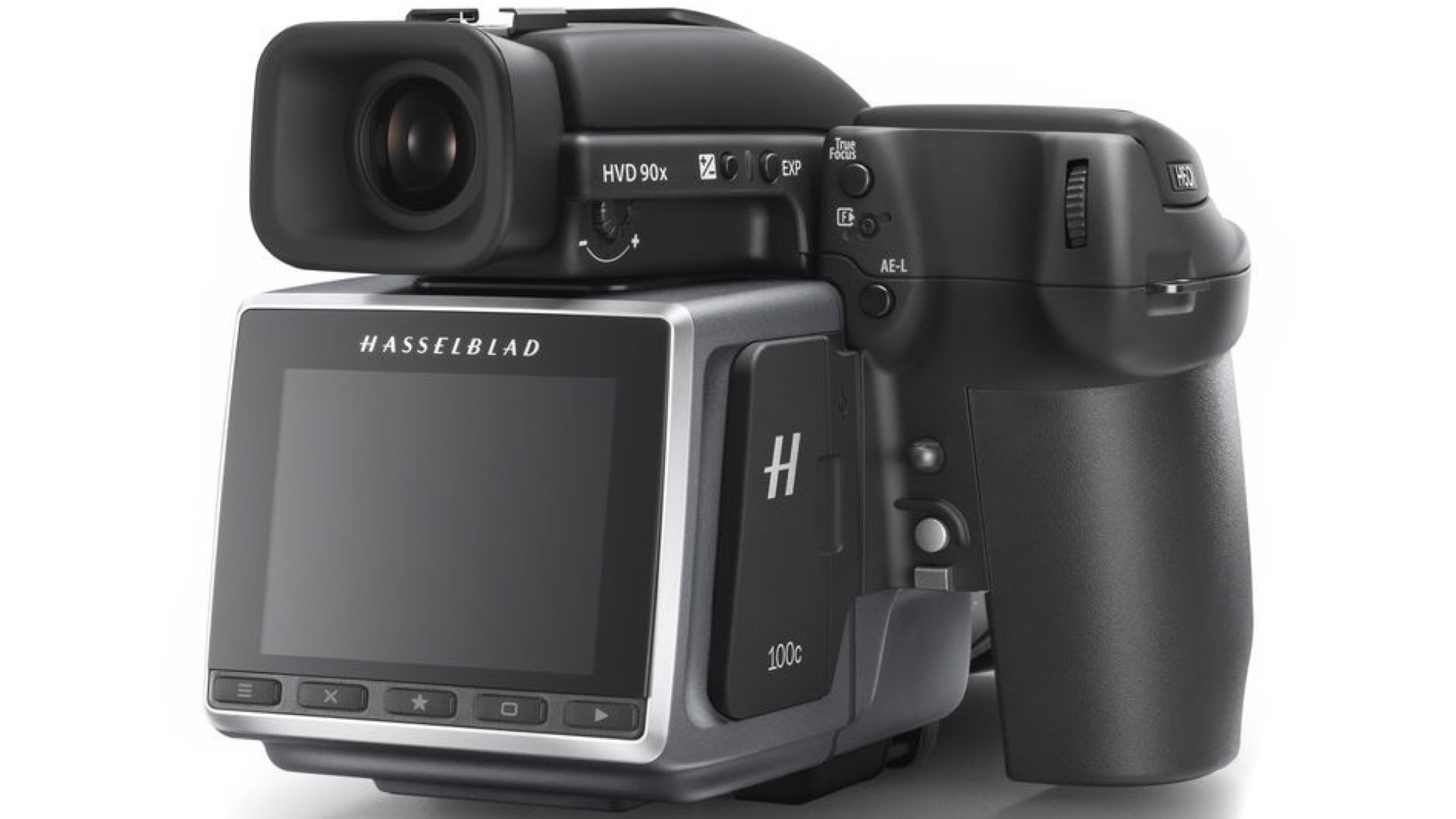
This is not a video camera. This is just a legendary photo camera with some capabilities to shoot videos.
Renovation and strategy shift
As we concluded, the Hasselblad is not a video camera but stills camera that shoots video. But why is that? Why not utilizing this huge sensor? In my opinion, there is real merit to medium format cinematography out there, since it’s one of the fascinating shooting style exists. Hasselblad needs to reinvent itself and to sharpen its video capabilities. They need to figure it out how to pull this information out of that marvelous sensor. It’s a complicated R&D task, but it all based on a business decision that derived from the company’s long term strategy. Once they will do that, there is a chance that professional filmmakers will highly embrace this camera.

Would you use Hasselblad for medium format shooting applications? Let’s know your insight in the comments down below.

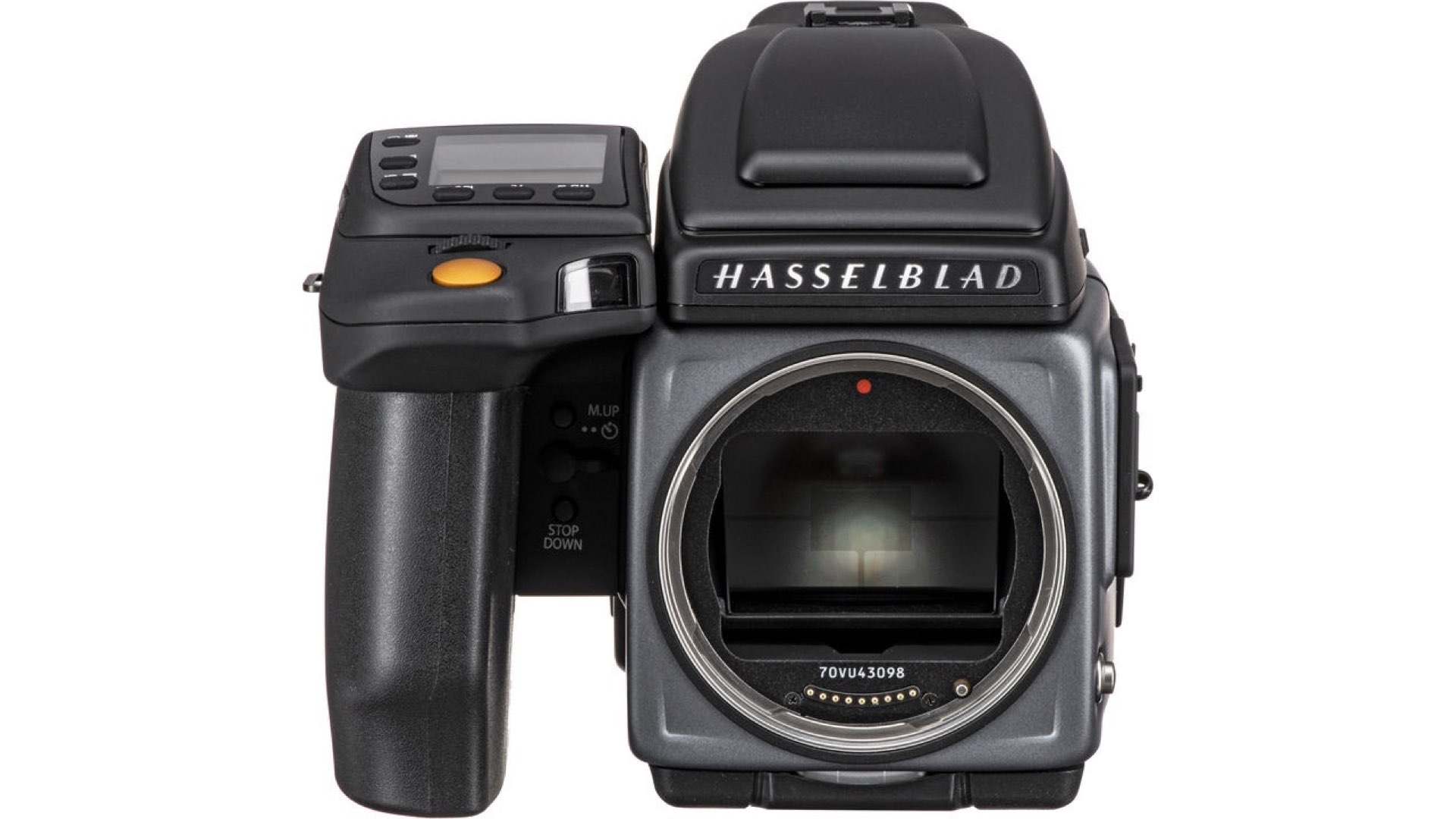
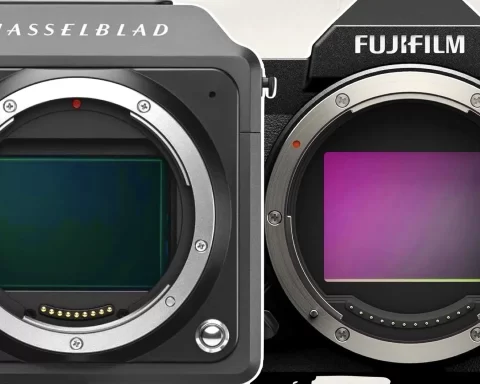
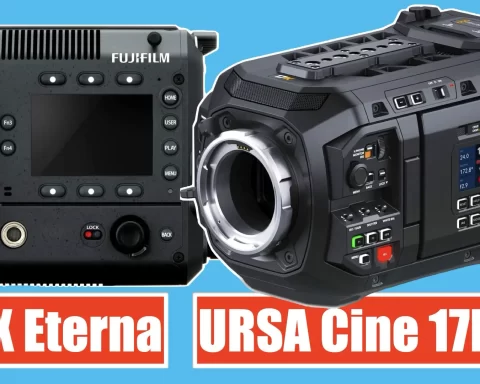
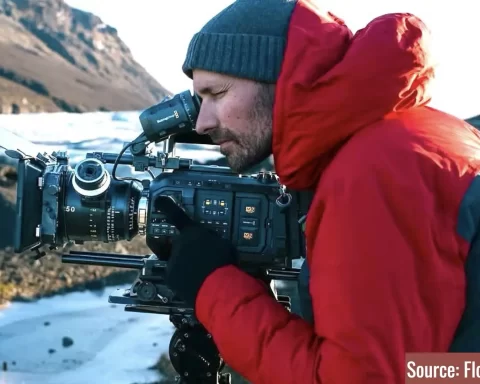

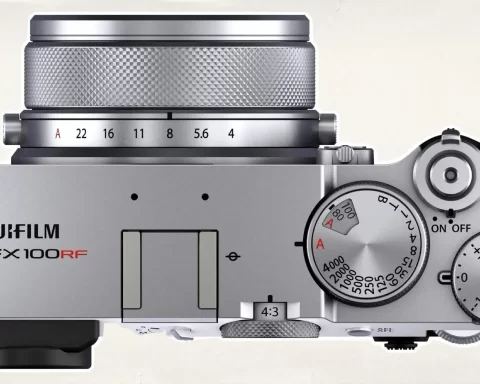
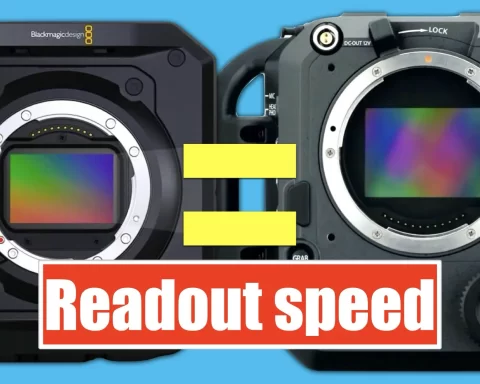

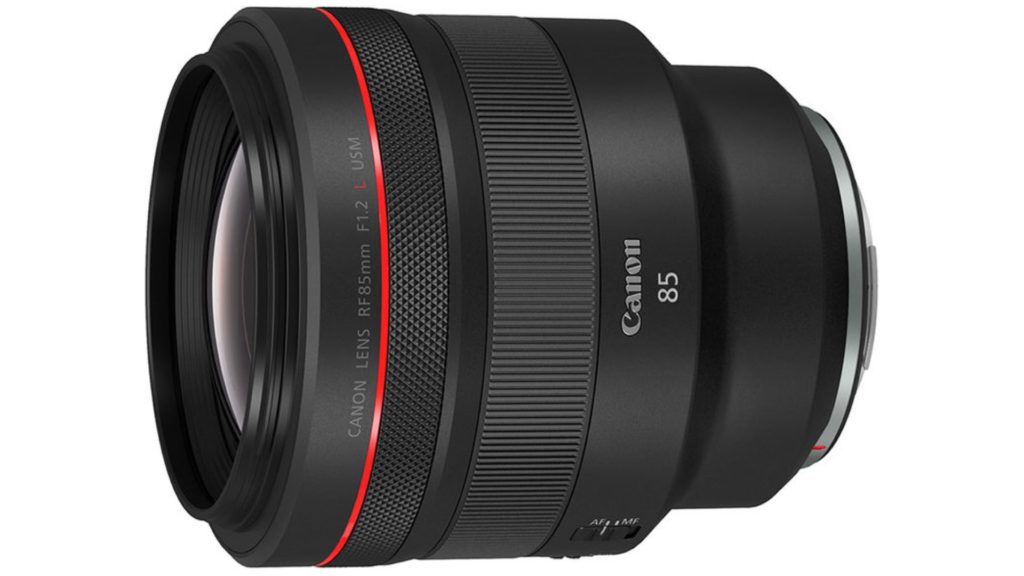
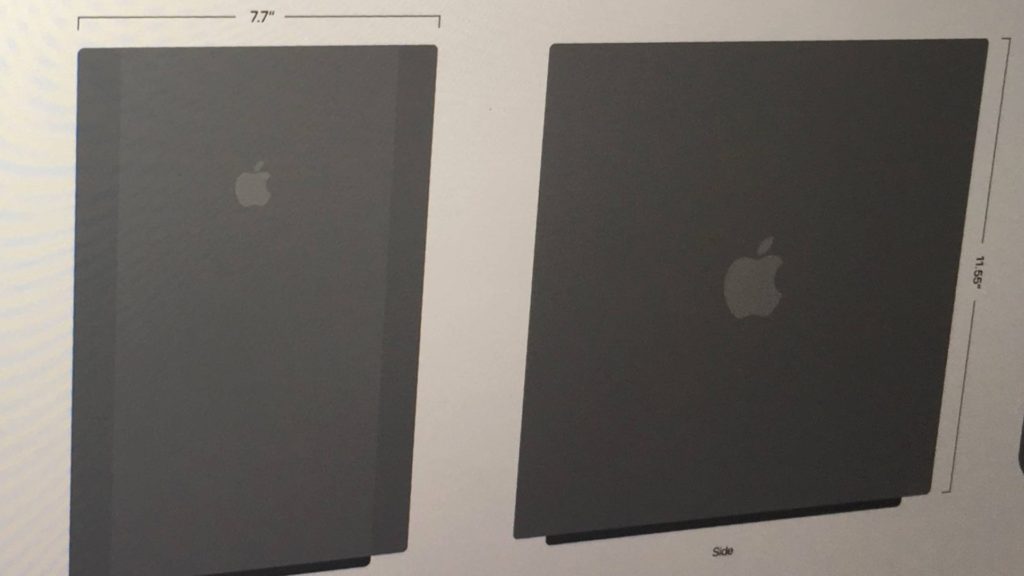





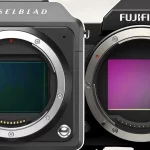
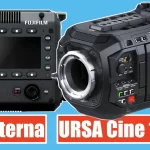
[…] quality, its video is far from being professional looking imagery. The Hasselblad H6D-100C has a lot of issues with its 4K RAW footage, which is far from being satisfying, especially when taking into consideration the price of the […]